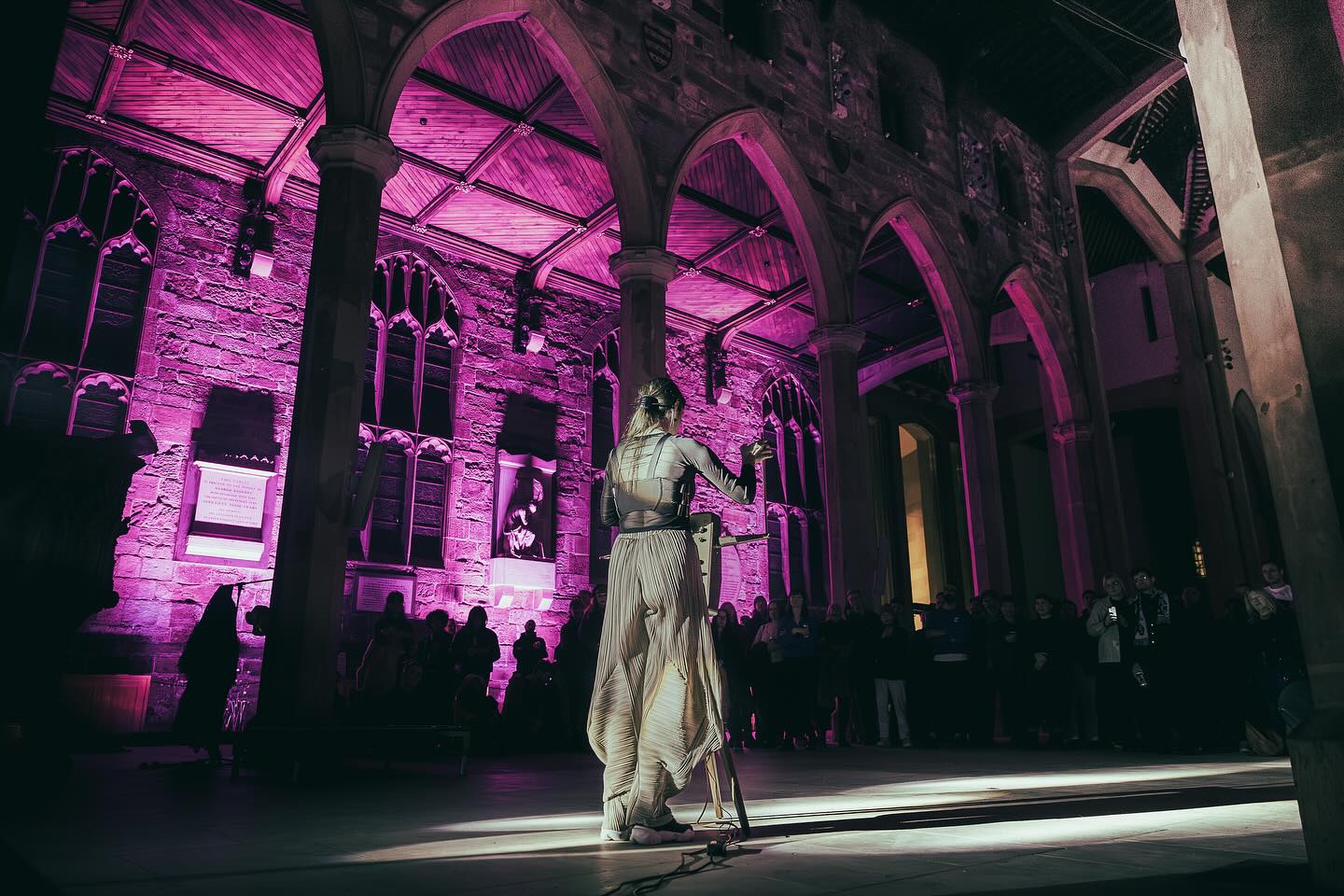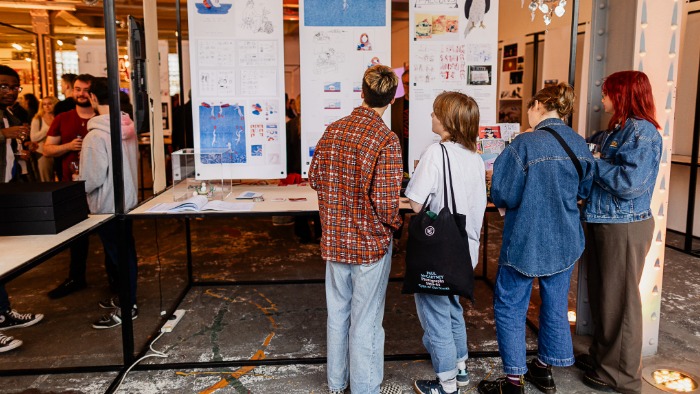Hearing Research Group website: https://www.sheffield.ac.uk/hearing
Twitter: @HearingShef
Sound is detected by extremely sensitive sensory receptors called hair cells that are located in the cochlea. The name 'hair cell' derives from the hair-like elements (stereocilia) that project from the cell’s apical surface. During sound stimulation, the stereocilia vibrate, initiating the conversion of sound into an electrical response. This initial electrical response is then relayed to the brain enabling us to hear different sounds.
The major challenges for Sheffield’s Hearing Research Group are to understand the molecular and cellular mechanisms involved in the development, function and ageing of our auditory system. This is critical for our understanding of numerous different forms of hearing loss and deafness and for the development of gene-based therapies.
Researching hearing with zebrafish
Activity recommended for ages 10+
Watch the Hearing Research Group’s video on using zebrafish as an animal model to study deafness.









